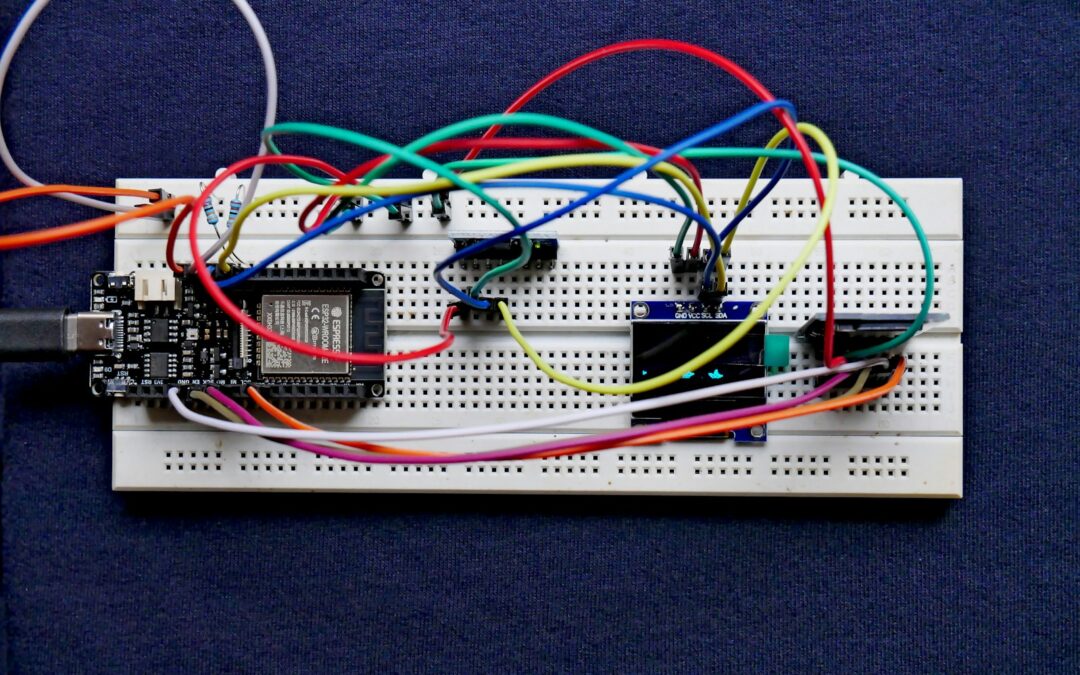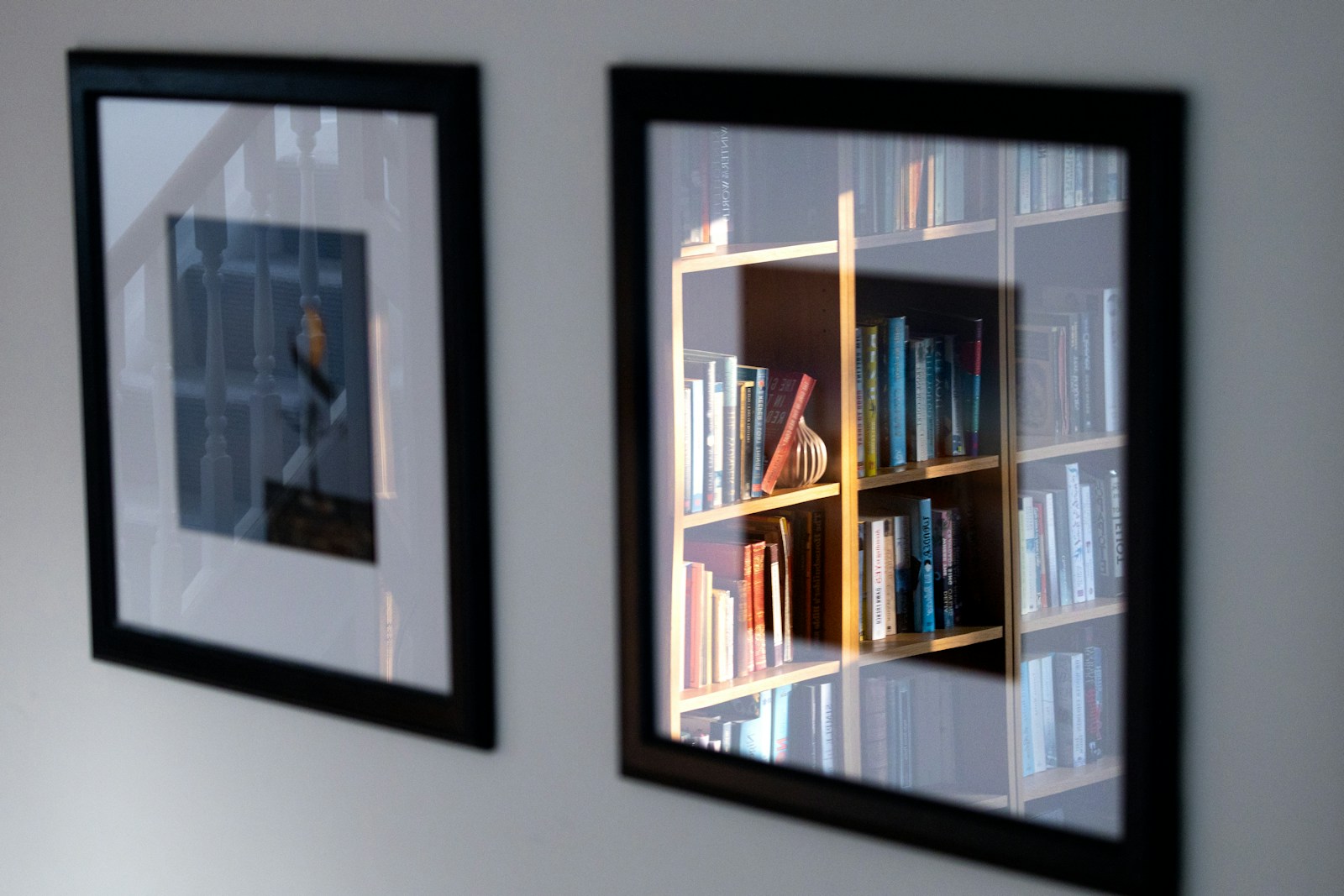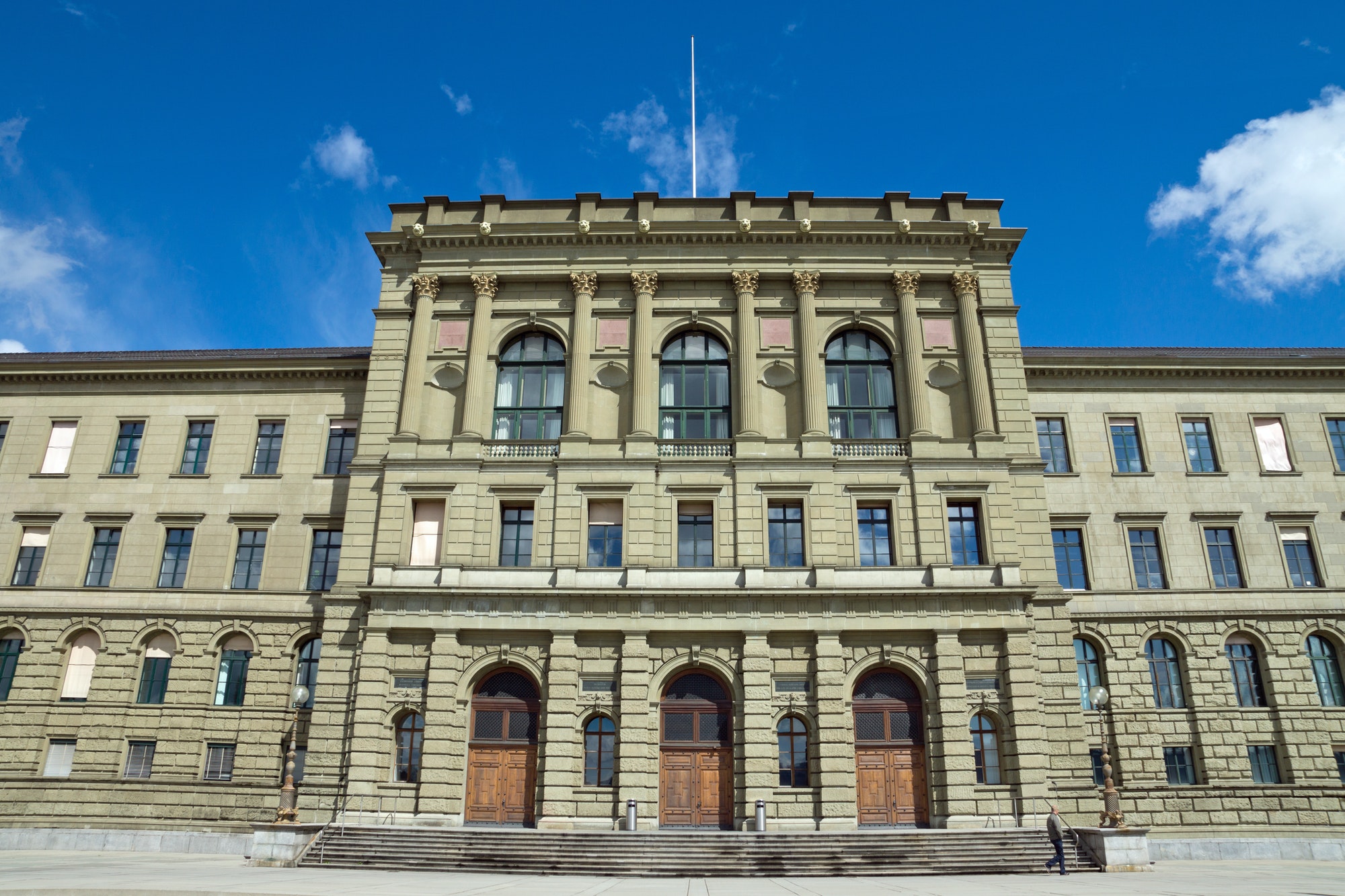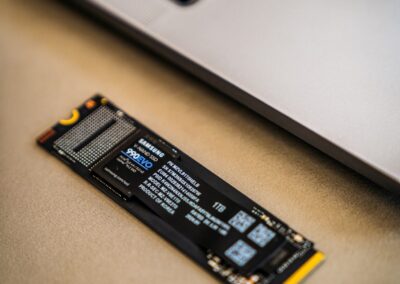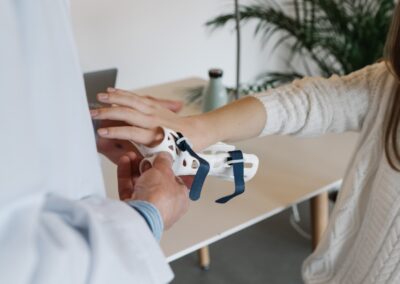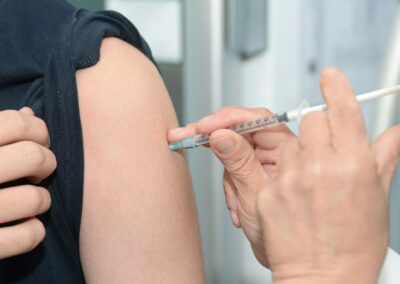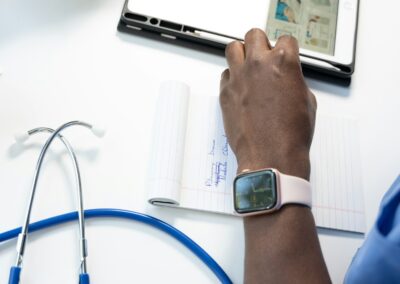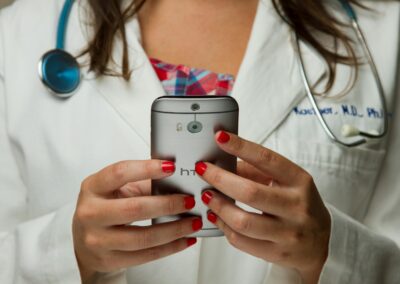Transforming Remote Healthcare with IoT Technology
Revolutionizing Access to Healthcare Services
The integration of IoT technology is profoundly transforming the delivery and efficiency of healthcare services, especially in remote areas. By deploying Internet of Things (IoT) devices, healthcare providers can significantly improve patient care and operational effectiveness even in the most underserved regions. In countries such as Saudi Arabia and the UAE, where remote areas often face challenges in accessing high-quality medical services, IoT plays a crucial role in bridging these gaps. IoT devices such as wearable health monitors and remote diagnostic tools enable healthcare professionals to track patient health metrics in real-time, regardless of location.
For instance, remote monitoring systems can continuously gather data on vital signs, glucose levels, or blood pressure from patients in isolated areas. This data is then transmitted to healthcare centers, where it can be analyzed by medical professionals. This seamless flow of information ensures that patients receive timely interventions and personalized care plans, reducing the need for frequent travel to healthcare facilities. By leveraging IoT, healthcare systems in Riyadh and Dubai can extend their reach and enhance service delivery, ensuring that even the most remote populations receive high-quality care.
Optimizing Resource Management and Efficiency
Another significant impact of IoT on healthcare in remote areas is the optimization of resource management. IoT devices facilitate efficient management of medical supplies, equipment, and personnel, which is particularly crucial in settings with limited resources. In Saudi Arabia and the UAE, where healthcare infrastructure is continually evolving, integrating IoT with healthcare systems helps streamline operations and ensure that resources are utilized effectively.
For example, IoT-enabled inventory management systems can monitor the usage of medical supplies in real-time, alerting healthcare facilities when stock levels are low and automating reorder processes. This reduces waste, prevents shortages, and ensures that critical supplies are always available when needed. Additionally, IoT systems can track the availability and usage of medical equipment, optimizing maintenance schedules and extending the lifespan of costly assets. By improving resource management, IoT helps healthcare providers in remote areas maintain operational efficiency and deliver better patient care.
Enhancing Patient Engagement and Self-Management
IoT technology also plays a pivotal role in enhancing patient engagement and self-management, especially in remote healthcare settings. By providing patients with IoT-enabled devices and applications, healthcare providers empower individuals to take an active role in managing their health. This is particularly important in remote areas where regular medical visits may be challenging.
For instance, wearable health devices that track physical activity, sleep patterns, and vital signs can provide patients with valuable insights into their health status. Coupled with telehealth platforms, these devices enable patients to communicate with healthcare professionals, receive guidance, and adjust their health management strategies accordingly. This level of engagement not only improves patient outcomes but also reduces the burden on healthcare facilities by minimizing unnecessary visits and hospitalizations. In regions like Dubai and Riyadh, where innovative healthcare solutions are in high demand, IoT-driven patient engagement tools are revolutionizing the way individuals manage their health.
Driving Innovation and Future-Proofing Healthcare Services
Fostering Innovation Through IoT Integration
The integration of IoT in healthcare services is not just about improving current practices; it’s also about fostering innovation and future-proofing healthcare systems. By embracing IoT technology, healthcare providers can explore new models of care delivery and develop innovative solutions tailored to the needs of remote populations. In the forward-thinking environments of Saudi Arabia and the UAE, this innovation is crucial for staying ahead in a rapidly evolving healthcare landscape.
IoT enables the development of cutting-edge solutions such as remote surgical procedures, AI-driven diagnostics, and advanced telemedicine platforms. These innovations extend the capabilities of traditional healthcare services and offer new ways to address the unique challenges faced by remote areas. By investing in IoT technology, healthcare organizations can position themselves as leaders in the industry, driving progress and setting new standards for care delivery.
Improving Leadership and Project Management in Healthcare
Effective leadership and project management are essential for successfully implementing IoT solutions in healthcare. Leaders in healthcare organizations must navigate the complexities of integrating new technologies, manage project resources, and ensure that IoT systems are effectively utilized to enhance patient care. In regions such as Dubai and Riyadh, where healthcare systems are rapidly advancing, strong leadership is crucial for driving successful IoT adoption.
Executive coaching services can support healthcare leaders in developing the skills needed to manage IoT projects and lead their organizations through technological transitions. By providing guidance on strategic planning, project management, and change management, these services help leaders overcome challenges and maximize the benefits of IoT integration. This focus on leadership development ensures that healthcare organizations can effectively leverage IoT technology to achieve their goals and improve service delivery in remote areas.
Ensuring Sustainable and Scalable Solutions
As healthcare systems increasingly adopt IoT technology, ensuring that these solutions are sustainable and scalable is vital for long-term success. In Saudi Arabia and the UAE, where rapid development and modernization are key priorities, healthcare providers must implement IoT solutions that can grow with their needs and adapt to future advancements.
Sustainable IoT solutions involve selecting technologies that offer long-term reliability, ease of maintenance, and scalability. Healthcare organizations should prioritize systems that can integrate with existing infrastructure, support future upgrades, and adapt to changing healthcare demands. By focusing on these aspects, organizations can ensure that their IoT investments continue to deliver value and support their mission of improving healthcare access and efficiency in remote areas.
Conclusion
The impact of IoT on enhancing healthcare efficiency in remote areas is profound, offering significant improvements in service delivery, resource management, and patient engagement. By leveraging IoT technology, healthcare providers in Saudi Arabia and the UAE can overcome the challenges of remote healthcare, drive innovation, and achieve sustainable success. As the healthcare landscape continues to evolve, embracing IoT and focusing on effective leadership and project management will be key to unlocking the full potential of these technologies and ensuring a brighter future for healthcare services.
—
#IoTInHealthcare #HealthcareEfficiency #RemoteHealthcare #HealthcareInnovation #ModernTechnology #ProjectManagement #LeadershipInHealthcare #GenerativeAI #HealthcareSuccess

